Jute lamination is highly regarded for its environmental benefits, stemming from jute’s natural and biodegradable properties. The cultivation of jute requires minimal chemical inputs, enhancing soil fertility and reducing pollution. Additionally, jute plants contribute to carbon sequestration, helping mitigate climate change by absorbing CO2 from the atmosphere. The energy-efficient processing and recyclability of jute further underscore its sustainability, making jute lamination an eco-friendly choice across various applications, from fashion to packaging and beyond.
Our Global Presence
Connecting Continents with Sustainable Solutions
Asia Jute proudly serves an international clientele, exporting our premium jute color lamination products to various regions, including Europe, North America, Asia, and Africa. Our collaborations with Eco Trade Source and Africa Beans further enhance our distribution capabilities, ensuring that our products are accessible worldwide.
Product Specifications
Crafted for Quality and Durability
Our jute color lamination products are designed with precision, ensuring they meet the highest standards of quality and functionality:
- Material: 100% natural, biodegradable jute fiber
- Lamination: Eco-friendly polypropylene for added durability and water resistance
- Color Range: Extensive, catering to custom requirements
- Width and Texture: Customizable to suit specific market needs
Advantages of Our Jute Lamination
Sustainable, Strong, and Stylish
Eco-Friendly: Asia Jute’s products support environmental sustainability by providing a biodegradable alternative to synthetic materials. Durability: Known for its high tensile strength, jute withstands various stresses, making it ideal for multiple applications. Aesthetic Appeal: Our jute laminates come in various colors, enhancing their visual appeal and versatility in use.
Various Purposes of Using Jute Color Lamination
A Multitude of Applications
Jute color lamination is incredibly versatile, suitable for:
- Packaging Solutions: Robust and attractive options for sustainable packaging.
- Fashion Industry: Trendy, eco-friendly bags and accessories.
- Home Décor: Natural aesthetics for interior design elements.
- Agricultural Uses: Effective for creating breathable, protective coverings for plants.
Why Choose Asia Jute?
Leading with Innovation and Integrity
At Asia Jute, we are committed to innovation, quality, and customer satisfaction. We invite you to explore the possibilities with our jute color lamination products. Together, we can work towards a more sustainable and aesthetically pleasing world. Discover more about our products and how we can assist you in achieving your goals by visiting Asia Jute. Join us in our journey towards a greener future.
What are the common applications of jute lamination?
Jute lamination is a versatile process that enhances the durability and functionality of jute fabrics, making them suitable for a wide range of applications. Here are some common uses of laminated jute fabric:
Packaging Solutions
Laminated jute is widely used in the packaging industry due to its strength and aesthetic appeal. It is ideal for making eco-friendly bags, such as shopping bags, gift bags, and grocery bags, which are not only durable but also visually attractive.
Fashion Accessories
The fashion industry utilizes laminated jute to create stylish and sustainable accessories. These include items like handbags, wallets, and even footwear, where the lamination adds a layer of protection and enhances the material’s natural texture.
Home Décor
In-home décor, the laminated jute fabric is used to make upholstery, curtains, and other decorative items. The lamination process can enhance the fabric’s resistance to moisture and wear, making it suitable for both indoor and outdoor use.
Agricultural Applications
Agriculturally, laminated jute is used to make geotextiles such as plant covers, which protect crops from pests and weather while being biodegradable and environmentally friendly.
Furniture Manufacturing
In the furniture industry, laminated jute is used to create lightweight panels and upholstery due to its durability and aesthetic appeal. It offers a natural look that is highly valued in eco-friendly furniture design. These applications demonstrate the broad utility of jute lamination, leveraging its natural strength and sustainability to meet diverse needs across various industries.
What makes jute lamination environmentally friendly?
Jute lamination is considered environmentally friendly for several reasons, which contribute to its appeal as a sustainable material choice:
Natural and Biodegradable
Jute is a natural fiber derived from the jute plant. It is 100% biodegradable, which means it breaks down into the environment without leaving harmful residues. This property significantly reduces environmental pollution compared to synthetic materials that contribute to landfill issues 1
Low Environmental Impact in Cultivation
The cultivation of jute has a relatively low environmental impact. Jute plants require minimal chemical pesticides or fertilizers, which contrasts sharply with crops like cotton, which are heavily dependent on such chemicals. This leads to less land and water resource pollution.
Carbon Dioxide Absorption
Jute cultivation plays a role in carbon sequestration. Jute plants consume carbon dioxide and release oxygen, which helps in reducing the overall concentration of greenhouse gases in the atmosphere. This process contributes positively to efforts against climate change 2
Soil Fertility
Growing jute can improve soil fertility. When jute is harvested, the leaves and plant debris are left in the fields and act as nutrient-rich organic matter that enhances the soil’s quality for future crops 2
Energy Efficiency
The processing of jute fiber into usable materials is relatively energy-efficient, especially compared to the processing of synthetic fibers, which often require high levels of energy and involve emissions of volatile organic compounds (VOCs).
Recyclability
Jute products are recyclable. After their useful life, jute materials can be repurposed or processed into new products, reducing waste and the demand for virgin resources 3
These environmentally friendly attributes make jute lamination a sustainable choice in various industries, promoting eco-conscious practices and products.

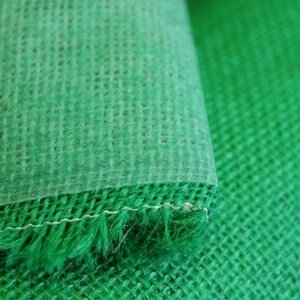
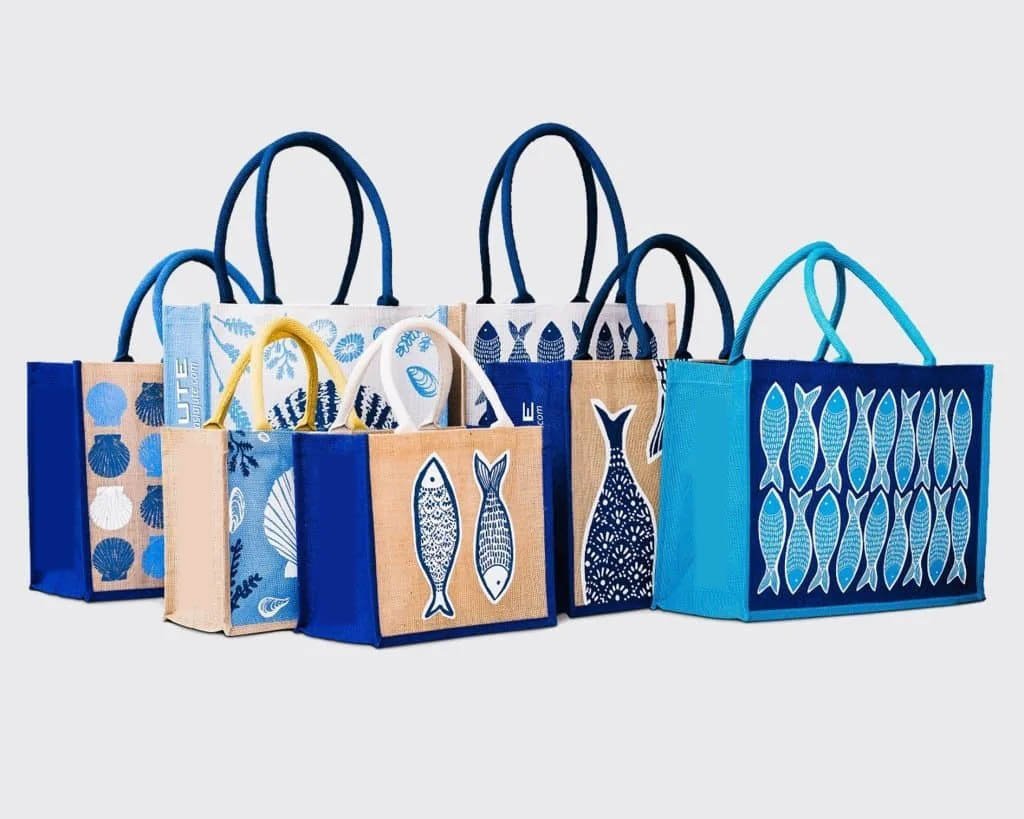






















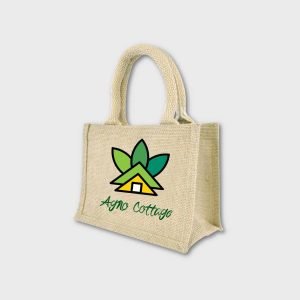


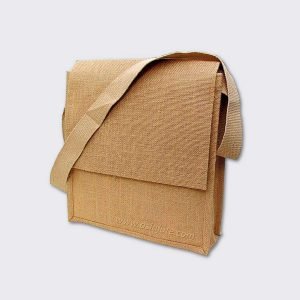

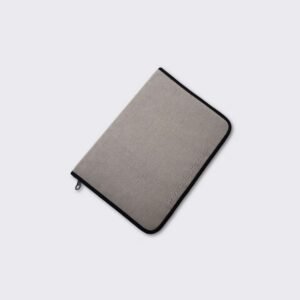


Reviews
There are no reviews yet.